The Wet Marine Scrubber System Market is currently characterized by a dynamic competitive landscape, driven by stringent environmental regulations and the maritime industry's shift towards sustainable practices. Key players such as Wartsila (Finland), ABB (Switzerland), and Yara Marine Technologies (Norway) are at the forefront, each adopting distinct strategies to enhance their market positioning. Wartsila (Finland) focuses on innovation in scrubber technology, emphasizing efficiency and compliance with evolving regulations. ABB (Switzerland) leverages its extensive experience in automation and digital solutions to integrate advanced monitoring systems into scrubber operations, thereby enhancing operational efficiency. Meanwhile, Yara Marine Technologies (Norway) is concentrating on expanding its global footprint through strategic partnerships and collaborations, which collectively shape a competitive environment that is increasingly focused on technological advancement and sustainability.
In terms of business tactics, companies are localizing manufacturing and optimizing supply chains to enhance responsiveness to market demands. The Wet Marine Scrubber System Market appears moderately fragmented, with several players vying for market share. The collective influence of these key players is significant, as they not only drive innovation but also set industry standards that smaller competitors must follow.
In August 2025, Wartsila (Finland) announced the launch of a new scrubber model designed to reduce operational costs while maintaining compliance with the latest emissions regulations. This strategic move is likely to reinforce Wartsila's position as a leader in the market, as it addresses the dual challenges of cost efficiency and regulatory compliance, which are paramount for ship operators.
In September 2025, ABB (Switzerland) unveiled a digital platform that integrates real-time data analytics into its scrubber systems. This initiative is indicative of ABB's commitment to digital transformation, allowing customers to optimize their operations and reduce emissions more effectively. The integration of such advanced technologies may provide ABB with a competitive edge, as it aligns with the industry's increasing focus on data-driven decision-making.
In July 2025, Yara Marine Technologies (Norway) entered into a strategic partnership with a leading shipping company to co-develop next-generation scrubber systems. This collaboration is expected to enhance Yara's product offerings and expand its market reach, reflecting a trend towards strategic alliances that foster innovation and shared expertise in the sector.
As of October 2025, the Wet Marine Scrubber System Market is witnessing trends such as digitalization, sustainability, and the integration of artificial intelligence into operational processes. Strategic alliances are becoming increasingly vital, as they enable companies to pool resources and expertise to tackle complex challenges. Looking ahead, competitive differentiation is likely to evolve from traditional price-based competition to a focus on innovation, technological advancements, and supply chain reliability, underscoring the importance of adaptability in a rapidly changing market.


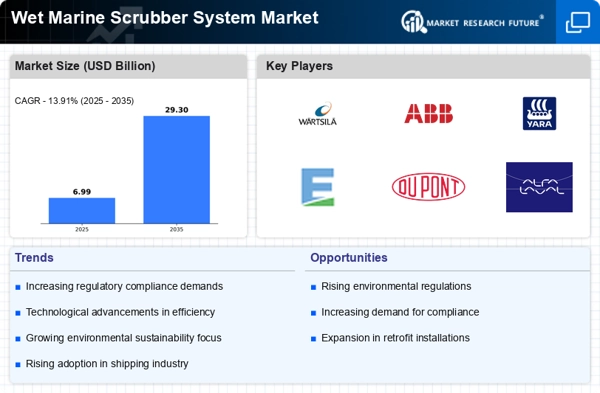
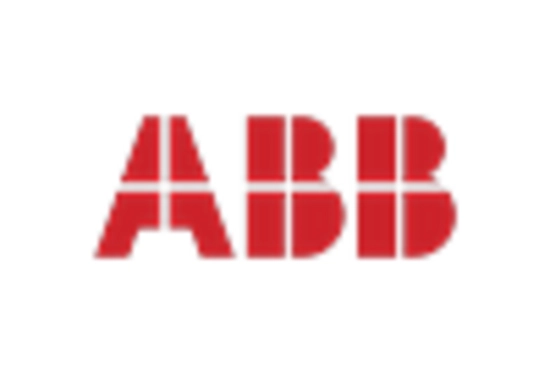
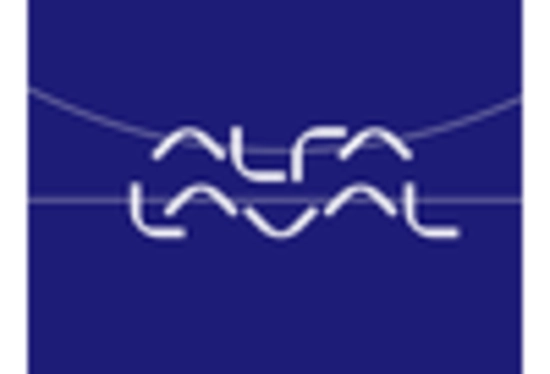
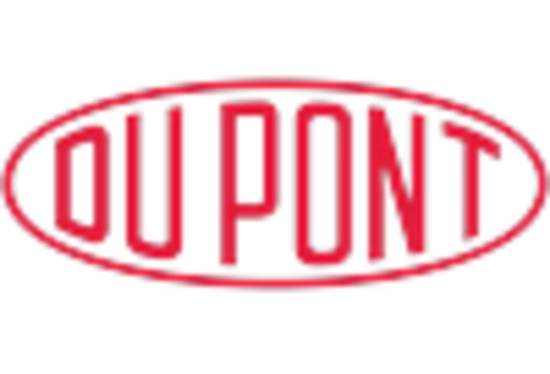
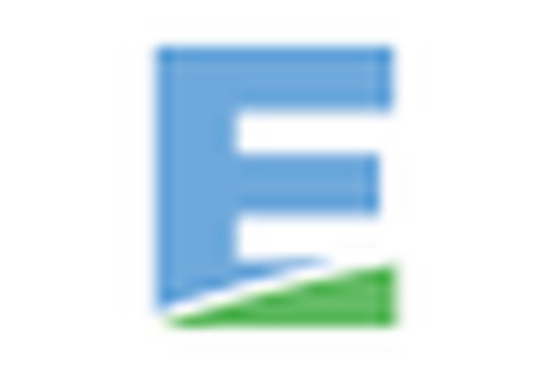
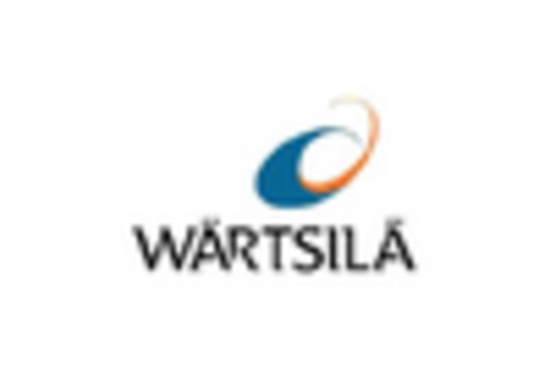
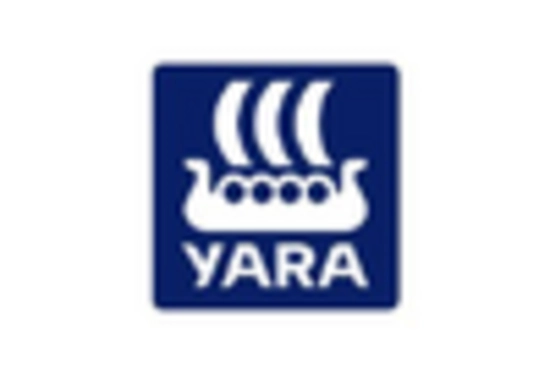








Leave a Comment